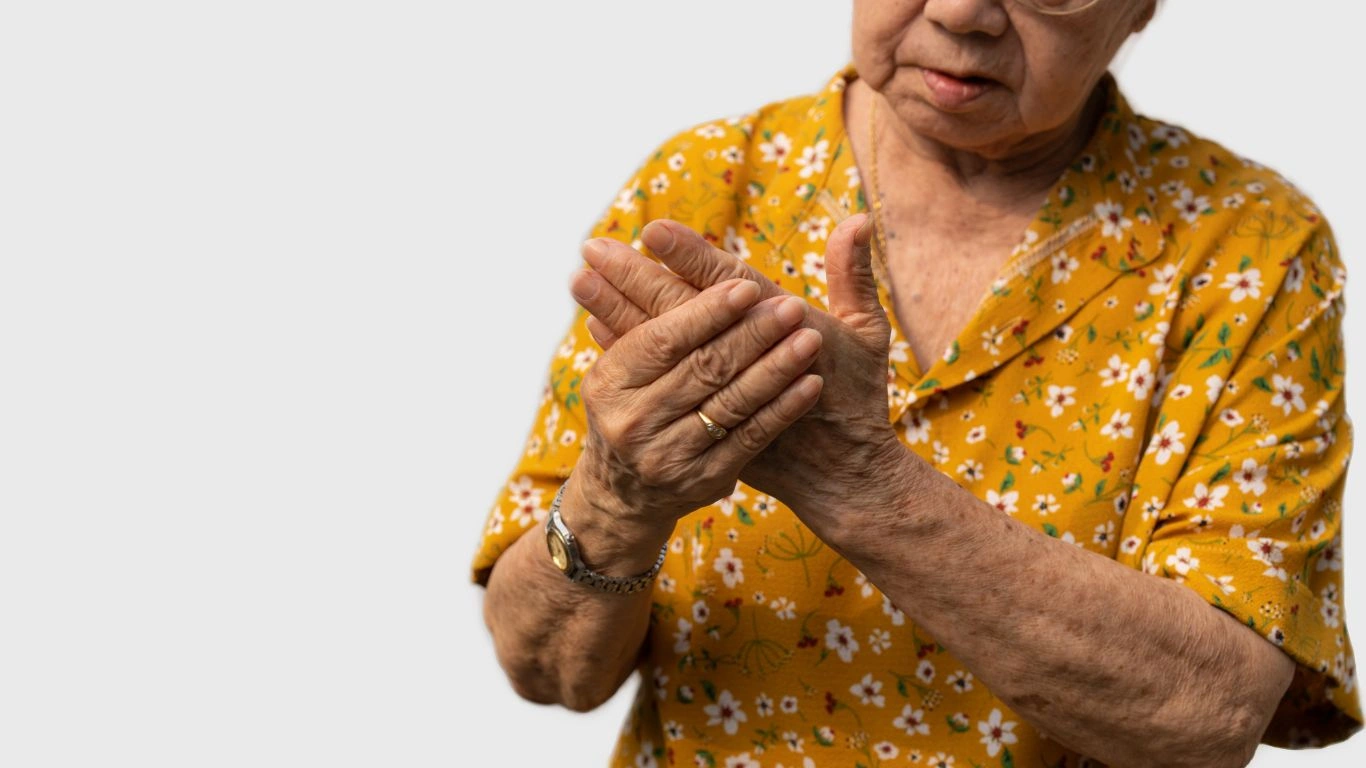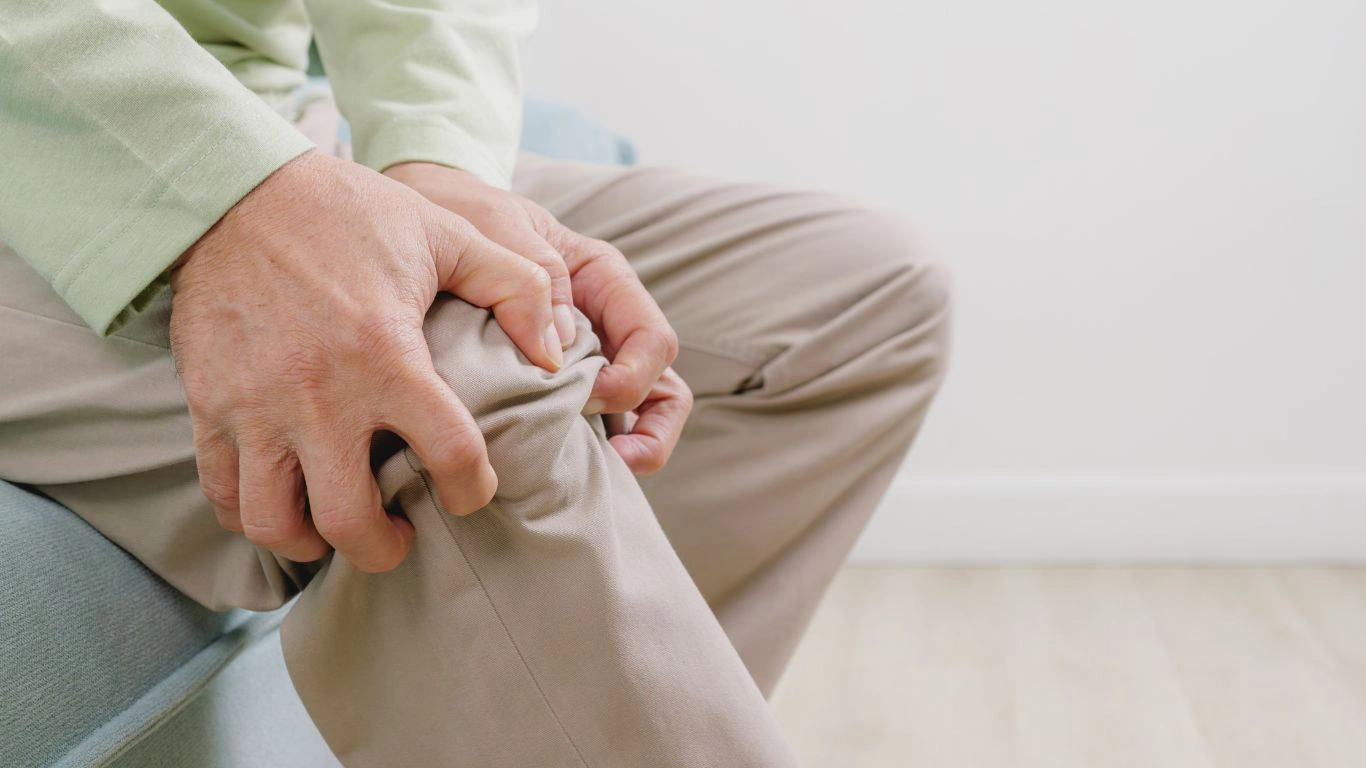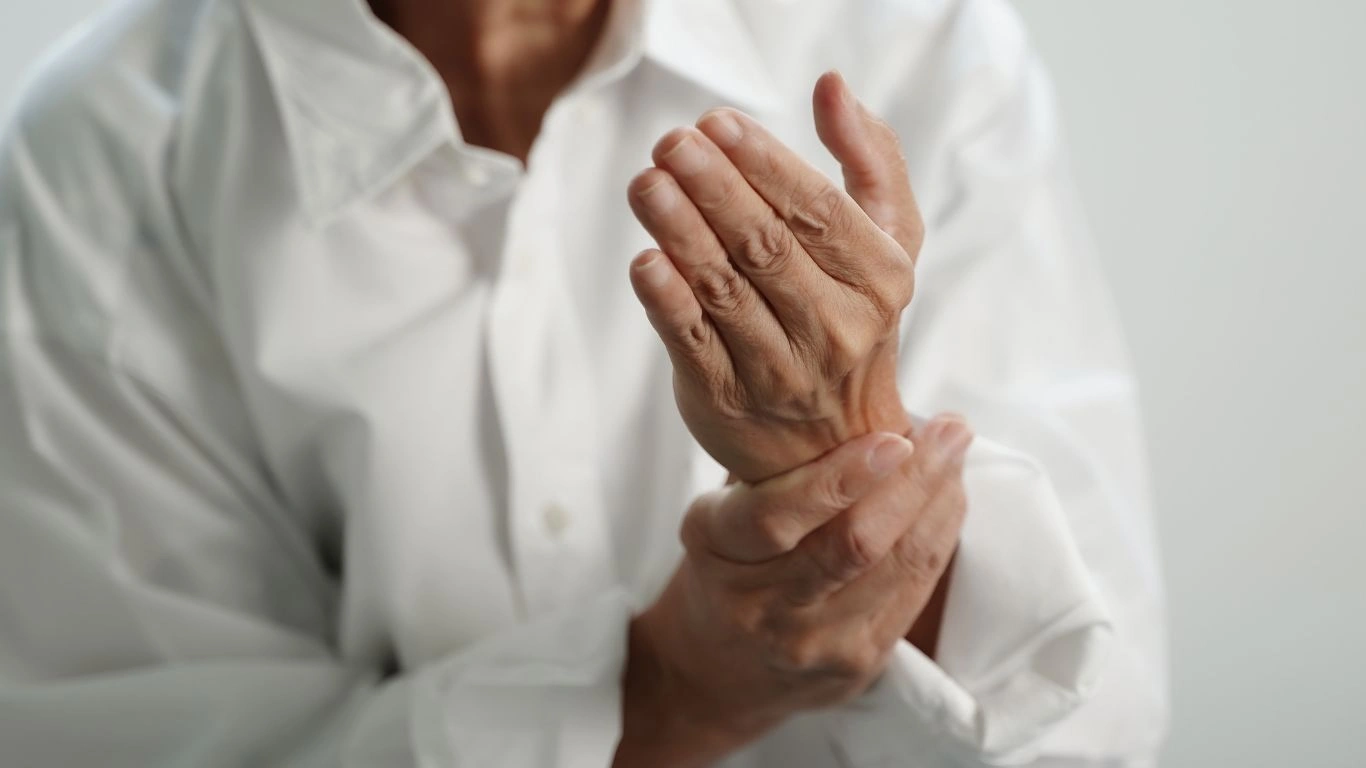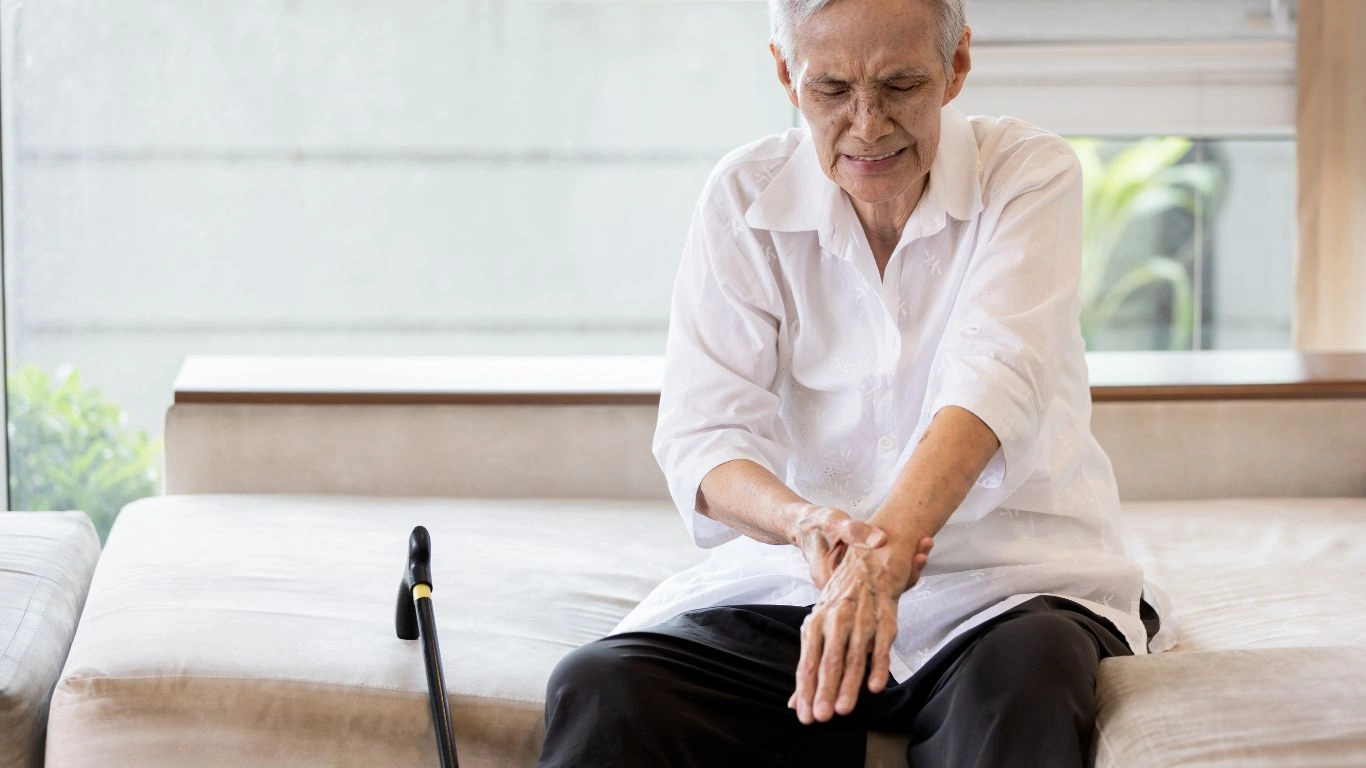Rheumatoid Arthritis Relief: Proven Strategies That Actually Work
If you’re like many of my patients—and honestly, like some of my own family members—you’ve probably typed “Rheumatoid Arthritis relief” into Google more than once, hoping for something real. I get it. As a rheumatology nurse practitioner who’s been in the trenches for years, I’ve seen firsthand how relentless RA can be. The stiffness, the fatigue that hits like a freight train, and those flares that seem to come out of nowhere. Trust me, I’ve sat across from people who just want to tie their shoes without pain or make it through the day without popping another pill. So let’s dive into what really helps, what’s hype, and how you can start feeling like yourself again—one step at a time.
Understanding Rheumatoid Arthritis: It’s Not Just ‘Aching Joints’

One of the first things I always explain to patients is that Rheumatoid Arthritis isn’t your grandma’s arthritis. This isn’t about a little wear and tear. RA is an autoimmune disease—meaning your immune system, the very thing that’s supposed to protect you, is actually attacking your joints. It causes painful inflammation, not just in your fingers or knees, but sometimes in places you’d never expect—like your eyes, lungs, or even your heart. Yep, it’s sneaky like that.
And no, it’s not just an “old person” condition. I’ve treated patients in their 20s and 30s with full-blown RA. The earlier you catch it, the better your shot at managing it before serious joint damage kicks in. That’s why getting the right diagnosis and starting treatment early is so important.
So What Triggers RA?
There’s no one-size-fits-all answer, but we do know there’s a mix of factors at play. Genetics can load the gun, but lifestyle tends to pull the trigger. Some common culprits I discuss in clinic include:
- Smoking: Huge risk factor. If you’re still lighting up, we need to talk.
- Hormonal shifts: Especially in women—RA often starts during or after pregnancy or menopause.
- Infections or gut imbalances: More studies are linking gut health and autoimmune disease.
- Chronic stress: It doesn’t just wear you down emotionally. It can mess with your immune system big time.
Most of my patients want to know, “Did I do something wrong?” The answer is almost always no. RA isn’t your fault, but there are things we can absolutely do to help calm your immune system down.
Finding Real Rheumatoid Arthritis Relief—Not Just a Temporary Fix

Let’s talk about relief—real, lasting relief. And no, I’m not just talking about meds (though yes, they often help a lot). In my experience, it’s about a whole-person approach. You’ve got to treat the inflammation, yes, but also support the body, mind, and lifestyle surrounding it.
Medications: The Foundation (But Not the Whole Story)
Medications like DMARDs (disease-modifying anti-rheumatic drugs) or biologics are the mainstay of treatment. I’ve had patients whose lives have totally changed on meds like methotrexate or Humira. But let’s be real—side effects can be rough. That’s why regular lab checks and honest conversations are so important.
In my clinic, I always say: “Medications help put out the fire. But let’s also make sure the house isn’t built out of gasoline.”
Movement Matters (Even When You Don’t Feel Like It)
Exercise when your joints feel like hot glass? Sounds cruel, right? But gentle movement is actually one of the best ways to reduce stiffness and keep your range of motion. Think swimming, yoga, tai chi, or just stretching in bed if that’s all you can handle that day.
- Start slow—5-10 minutes is better than nothing.
- Use heat packs beforehand to loosen joints.
- Follow with ice if you’ve got post-exercise swelling.
I had a patient once who started with just leg lifts on the couch during commercial breaks. Three months later, she was walking two miles a day. Progress doesn’t need to be flashy to be powerful.
Anti-Inflammatory Diet: Fueling the Fight
Food is medicine—or at least a really helpful ally. While there’s no “RA cure” diet, I’ve seen huge improvements when people ditch inflammatory foods and nourish their bodies right. Think more of these:
- Omega-3s: Salmon, chia seeds, flaxseed
- Antioxidants: Berries, leafy greens, turmeric
- Gut health foods: Kefir, sauerkraut, miso
And way less of these:
- Ultra-processed snacks
- Sugary drinks
- Excess red meat
- Fried or fast food
I always tell my patients, “You don’t have to be perfect. Just be consistent.” Even swapping your soda for a green tea can help over time.
The Role of Stress and Sleep in Rheumatoid Arthritis Relief

I can’t stress this enough (pun intended): if you’re not sleeping well or you’re constantly stressed out, your RA will let you know. Cortisol, your stress hormone, can spike inflammation. And poor sleep makes everything hurt more.
Simple things like deep breathing before bed, a short evening walk, or even a few minutes with a gratitude journal can actually shift your nervous system. Your joints feel the difference, believe me.
Why Support Systems Are a Game-Changer in Rheumatoid Arthritis Relief

Let me tell you something I’ve noticed over the years: people who feel seen and supported tend to do better. Not just emotionally, but physically too. I had one patient—let’s call her Linda—who had struggled with RA for years, mostly in silence. It wasn’t until she joined a local support group that her mood lifted, her flares decreased, and she finally started sticking with her routine. Coincidence? I don’t think so.
Living with RA can feel isolating, especially when your friends or even family don’t really “get it.” That’s why building your support circle is just as important as the meds and food and movement.
Ways to Build Your RA Support Squad:
- Join online communities—Facebook groups or Reddit subs can be surprisingly helpful.
- Find a local in-person RA or chronic illness group. Libraries or community centers often have postings.
- Talk to your care team. Your rheumatology nurse (like me!), doctor, or PT are part of your support too.
Even having one “RA buddy” who checks in with you on tough days can make a big difference. And if you’re more private? Journaling can be a powerful way to get stuff off your chest and track flares.
Alternative Therapies That Actually Help (and a Few That Don’t)

I get asked this *all the time*: “What about acupuncture, CBD, or turmeric supplements?” And the truth is, some alternative therapies can be surprisingly effective—if used the right way. The key is to treat these like tools, not magic bullets.
Things I’ve Seen Work (with the Right Expectations):
- Acupuncture: Some patients report reduced joint pain and improved energy. It’s not a cure, but it’s often worth a try—especially when meds alone aren’t cutting it.
- CBD oil: Anecdotally, this helps some folks sleep better and ease inflammation. Just make sure it’s third-party tested and discuss it with your doc first.
- Massage therapy: When done by someone trained in autoimmune conditions, massage can reduce stiffness and anxiety (yes, both matter!).
- Turmeric/curcumin: Natural anti-inflammatory—but don’t expect miracles overnight. Needs to be taken consistently and absorbed well (usually with black pepper).
What I’m More Cautious About:
- Extreme cleanses or detoxes: RA needs nourishment, not starvation. Be careful.
- “Miracle” supplements: If it sounds too good to be true, it usually is.
- Cutting out entire food groups without a reason: Unless you have a diagnosed intolerance, extreme restriction can do more harm than good.
Here’s the deal: integrative care can be amazing when it complements—not replaces—medical treatment. As I tell my patients, “Let’s add tools to your toolbox, not throw out the hammer.”
Daily Habits That Can Make or Break Your Rheumatoid Arthritis Relief Journey

This is where the rubber really meets the road—those everyday little things that seem small but stack up over time. You don’t need to overhaul your life overnight. But building one or two solid daily habits can lead to huge shifts over weeks and months.
Some Tried-and-True RA-Friendly Habits:
- Hydration first thing in the morning: It helps with fatigue, joint stiffness, and energy. I swear by it.
- Gentle morning movement: Even five minutes of stretching can “wake up” stiff joints.
- Mid-day check-in: I recommend setting a phone alarm to pause, stretch, breathe, and ask: “How’s my body doing right now?”
- Meal prepping anti-inflammatory foods: Doesn’t have to be fancy. Cook once, eat for days. Your joints will thank you.
- Wind-down routine: Set a bedtime, stick to it. Dim the lights, shut the screens. RA flares love poor sleep—don’t give them the ammo.
I once had a patient keep a sticky note on her bathroom mirror that said, “What’s ONE thing I can do for myself today?” That small reminder helped her shift from reactive to proactive, even on tough days.
Working with Your Care Team (Not Against Them)
Look, I know navigating the medical system can be frustrating. Long waits, insurance hassles, rushed visits—it’s exhausting. But having a care team that listens, supports, and adjusts your plan when needed? That’s a game-changer.
As a nurse practitioner, my goal is to make sure you feel like a partner in your care—not just a chart in a file. I always encourage patients to come with questions, keep track of their flares, and speak up if something’s not working. You know your body better than anyone else.
Tips for Making the Most of Your Appointments:
- Bring a list of top 2-3 concerns (write them down—you’ll forget, trust me).
- Track symptoms in a journal or app. Patterns help us help you.
- Don’t be afraid to ask about medication changes or tapering.
- Ask for referrals: PT, OT, mental health—whatever supports your quality of life.
If your current provider brushes you off or doesn’t seem to listen, please don’t settle. You deserve to be heard, respected, and treated like a whole person—not just your joints.
Adapting Your Environment for Everyday Rheumatoid Arthritis Relief

Here’s something we don’t talk about enough—your environment matters. If you’re dealing with daily joint pain, even the tiniest tasks can feel like mountains. I’ve had patients tell me they avoid cooking or folding laundry just because the pain isn’t worth it. That’s where smart adjustments come in.
Your home, your workspace, even your car can be optimized to work with your RA, not against it. And no, this doesn’t mean turning your home into a hospital. It’s about little tweaks that make a huge difference in your comfort and energy levels.
Simple, Practical Home Modifications:
- Ergonomic tools: Grab kitchen utensils with wide, padded handles. I personally recommend brands like OXO—lifesavers for hand pain.
- Jar openers and button hooks: These gadgets are tiny miracles, especially during morning stiffness spells.
- Standing aids and railings: In bathrooms and stairways, they can prevent falls and give peace of mind.
- Lightweight cookware and dishes: Heavy ceramic? Nope. Go with lighter materials that are easier on your wrists.
- Voice assistants or smart plugs: “Hey Alexa, turn off the lights” saves a walk across the room on bad flare days.
Even changing where you store things—like keeping frequently used items at waist height—can prevent you from constantly bending or stretching, which adds up over time. It’s all about energy conservation, something I talk about *a lot* in clinic.
Emotional Health & RA: The Invisible Side of the Struggle

Here’s a truth bomb: chronic pain doesn’t just hurt your body—it can wear down your spirit. I’ve seen tough, resilient folks who were totally blindsided by the emotional toll of RA. And you know what? That emotional piece is just as real and valid as the joint swelling.
It’s completely normal to feel frustrated, anxious, or even depressed when your body isn’t cooperating. You might feel guilty for cancelling plans, or angry at how unpredictable your flares are. I’ve been the provider sitting across from a patient in tears because they’re just tired of being tired. And I always remind them—this isn’t weakness. This is RA. And it’s okay to get help.
Ways to Support Your Emotional Well-Being:
- Counseling or therapy: Especially someone who understands chronic illness. It’s not just about “talking it out”—they can help with coping tools that actually work.
- Meditation and mindfulness: Even five minutes a day has been shown to reduce pain perception and boost mood.
- Creative outlets: Journaling, painting, gardening—whatever lets your mind breathe and process.
- Connecting with others: Whether it’s a support group or just a trusted friend, don’t carry this alone.
Remember: you’re not just treating your RA—you’re supporting the human being living with it.
Rheumatoid Arthritis isn’t something that gets “cured,” at least not yet. But it can absolutely be managed. The goal is to stay ahead of the curve—to understand what your body needs now, and what it might need a few years down the road.
I’ve seen patients who, with the right care and lifestyle changes, go from constant flares to months of remission. And even when bumps in the road happen (because they do), they bounce back faster because they’ve built a solid foundation.
Smart Long-Term RA Strategies:
- Regular follow-ups: Even when you’re feeling okay. Labs, imaging, and symptom tracking help us catch flares early.
- Bone health checks: RA and steroids can weaken bones—don’t forget your DEXA scans and calcium intake.
- Update your care plan yearly: As your lifestyle and symptoms evolve, your treatment should too.
- Plan rest into your calendar: Not just after you’re exhausted—before you hit the wall. Prevention is key.
- Keep your goals front and center: Whether it’s gardening again, playing with grandkids, or just feeling like yourself—let those goals guide your choices.
I always say RA is a marathon, not a sprint. Some days you’ll jog, some days you’ll crawl, and that’s okay. The important thing is that you keep moving forward, on your own terms.
What Rheumatoid Arthritis Relief Really Looks Like
RA relief isn’t one single magic solution—it’s layered. It’s a mix of meds, food, movement, mindset, support, and smart strategies. It’s knowing that you’re not broken. You’re adapting. You’re advocating for yourself. You’re learning to live in partnership with your body, even when it feels like it’s working against you.
If there’s one thing I’ve learned in my years as a rheumatology NP, it’s that no two RA journeys are the same—but you’re never walking it alone. Whether you’re newly diagnosed or years into the fight, there’s always room for more comfort, better control, and yes—real relief.
Helpful Resources & References:
- National Institutes of Health (NIH)
- Health.com
- Arthritis Foundation
- Centers for Disease Control and Prevention (CDC)
Disclaimer:
This article is based on my professional experience as a Rheumatology Nurse Practitioner and is intended for informational purposes only. It is not a substitute for professional medical advice, diagnosis, or treatment. Always consult with your healthcare provider before making any changes to your treatment plan.

Tarra Nugroho is a dedicated Nurse Practitioner with a strong foundation in family and preventive care. She brings both compassion and clinical expertise to her practice, focusing on patient-centered care and health education. As a contributor to Healthusias.com, Tarra translates medical knowledge into clear, empowering articles on topics like women’s health, chronic disease management, and lifestyle medicine. Her mission is simple: help people feel seen, heard, and informed—both in the clinic and through the content she creates. When she’s not caring for patients, Tarra enjoys weekend hikes, plant-based cooking, and curling up with a good health podcast.






